How the government’s new air quality plan could affect motorists
The government today announced initial plans for improving air quality, including clean air zones and scrappage schemes
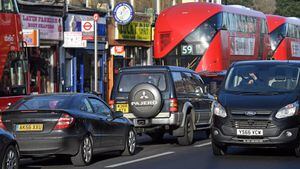
Today the government released the first draft of its plan to tackle the high levels of nitrogen dioxide in Britain’s towns and cities.
It was released by the Department for Environment, Food and Rural Affairs (Defra) following pressure from environmental lawyers ClientEarth, and will go under consultation until June 31, when finalised plans will be put together based on Defra’s findings.
The report said: “The government has set a clear long term ambition for all new cars and vans to be zero emission by 2040, and for nearly every car and van to be zero-emission by 2050”.
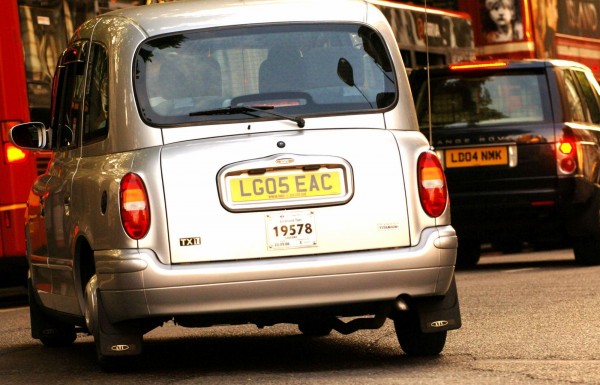
Theresa May has said she is reluctant to punish motorists who were encouraged to buy diesel in the past, so most of the pressure has been put on local authorities to implement Clean Air Zones in towns and cities – but how would the average motorist be affected by the proposals?
Here are the points that you definitely need to know.
A scrappage scheme is being contemplated
The much-anticipated diesel scrappage scheme was not included, though the report did allude to various potential schemes that would see older, more polluting vehicles taken off the road.
However, removing all pre-Euro 6 diesels was called ‘infeasible’ as Defra has calculated it would cost in excess of £60 billion and require scrapping 10 million cars – more than a quarter of the cars on the road today.
Adapt dirty diesels to run cleaner
To encourage the uptake of low-emissions vehicles, local authorities could offer incentives to retrofit “additional emissions abatement equipment to existing vehicles”.
This would help reduce emissions without requiring owners to buy a new car, while still affording them the benefits of running a low-emission vehicle.
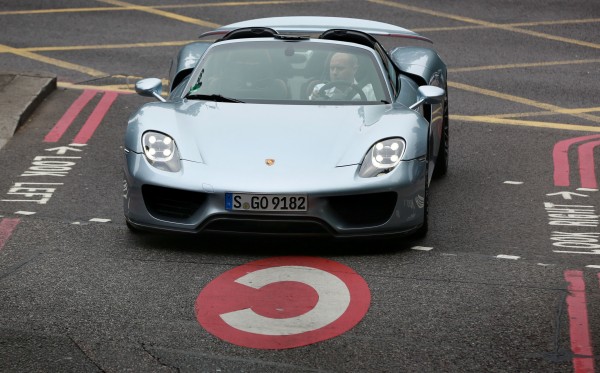
Government is currently developing an accreditation scheme for retrofitting services to ensure the practice is safe and legal.
Highly polluting vehicles could be charged to enter Clean Air Zones
One way to tackle urban air pollution could be to setup a charging structure that penalises more polluting vehicles that enter.
The report goes on to say that charging for entry to Clean Air Zones will not be compulsory, and says that local authorities must talk to local people about how it could be best implemented.
However, RAC chief engineer David Bizley called the idea of charging “deeply worrying”. He said: “The RAC is clear on this – we believe that efforts should squarely be focused on tackling those oldest vehicles that do the highest number of miles in affected areas, and that charges to owners of all but the newest diesel cars should be an absolute last resort.”
Workplace education and improvements to business travel
The government points to local businesses as having a key role to play in improving local air quality. There are a variety of suggestions for different sectors, but educating employees on how to plan travel more effectively to include public transport or car-share clubs is a common theme.
Businesses could also be incentivised to change older fleet cars to newer, less polluting models, as well as collaborate with other workplaces to reduce the number of vehicles needed for deliveries.
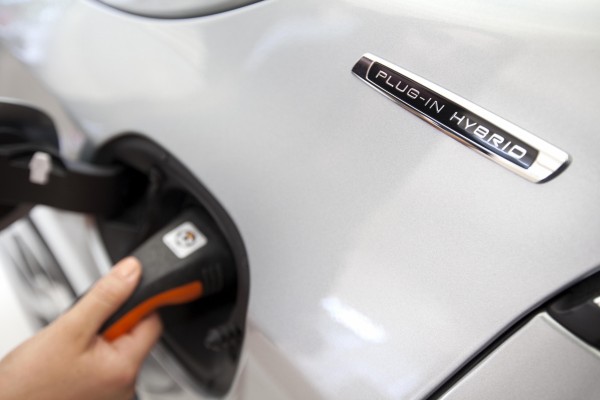
Fewer speed humps and better optimised traffic lights
Car emissions are at their worst under acceleration, so anywhere that sees regular stop/start traffic is at risk of poor air quality.
Optimising traffic management could be a relatively simple way of lowering harmful gases in the air, with local authorities encouraged to look at how it can improve “road layouts and junctions to optimise traffic flow, for example by considering removal of road humps”.
Traffic signals could also get an overhaul to avoid “unnecessary traffic queues, and the associated emissions”.
In fact, road layouts could be changed so that walking, cycling and public transport get preferential treatment, making them more attractive than driving.
Better parking bays and access to bus lanes for low-emission vehicles
To further encourage motorists to purchase low-emission vehicles, Defra proposes giving preferential treatment to those vehicles that emit next to nothing.
Some of the ideas mooted include providing parking bays in preferential places for motorists in low-emission vehicles, as well as allowing them to drive on restricted routes such as bus lanes.
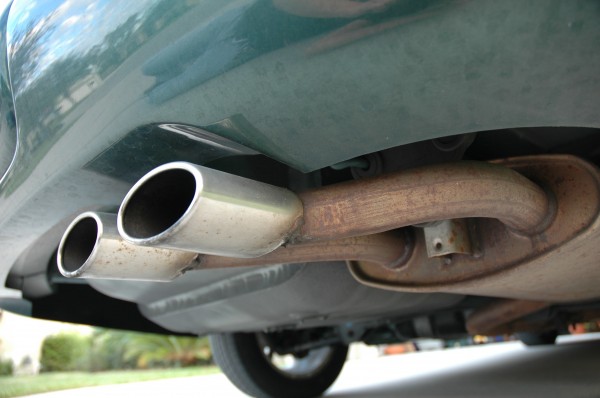
There will be some exceptions
Naturally, some motorists will need a little leeway. For example, the report suggests giving people who live within Clean Air Zones extra time to exchange their vehicles, offering discounts and exemptions from any charging as they don’t have the choice of avoiding these areas.
Vehicles within the disabled passenger vehicle tax class will automatically be exempt from paying any charges. However, it will be at the discretion of local authorities whether Blue Badge holders receive any discount.





